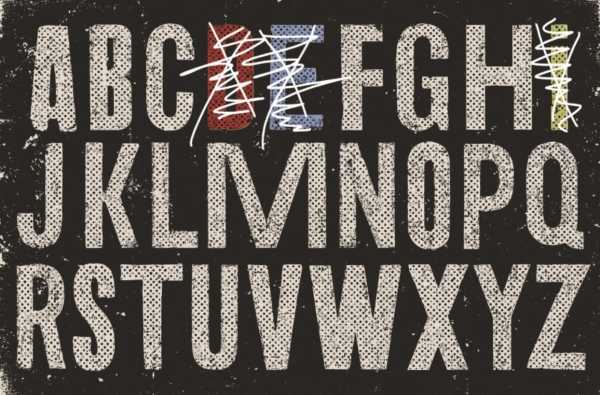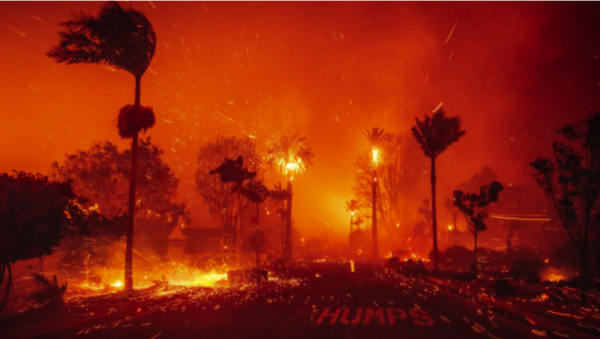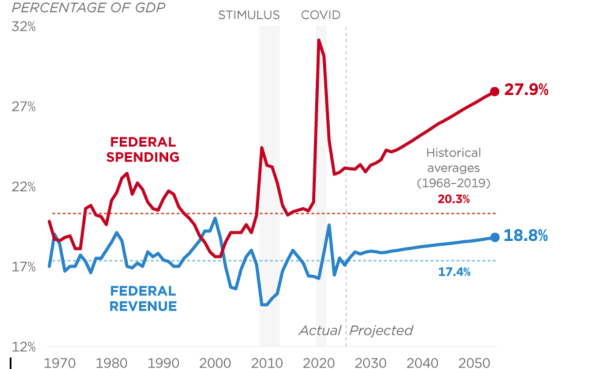Students explore DIY culture, crafts, and electronics
“Making and DIY Culture” allowed a selection of freshmen and sophomores to learn about the fundamentals of the DIY, or “do-it-yourself,” world. Students had the opportunity to build, create, take apart, reassemble, solder, work with LED lights, and more during the three weeks. The course was specifically targeted towards avid DIYers and inspired makers who are creative and curious about connecting crafts and electronics.
“The main fundamentals that we [taught were] the DIY mindset: be open, building a community, love the process, and embrace the imperfections,” said one of the two teachers for the course, Robin-Lynn Clemmons. “We [were] constantly looking for that in the students’ work, and they gradually [looked] for that in themselves.”
The course involved hands-on work and many projects. The first project was building a birdhouse from scratch as well as taking apart an electronic stuffed animal and examining the various electrical pieces inside. Eventually, they used these pieces to build a plush monster toy with light up eyes.
Students had the opportunity to go on multiple field trips, such as to Goodwill, the Home Depot, and a Makerspace, where they were exposed to new tools and pieces they could use for their final project: building a themed light display.
The two teachers involved were physics teacher Megan Hayes-Golding and Clemmons. Both are strong lovers of the DIY culture. Clemmons specializes more in the craft and stitching areas, whereas Hayes-Golding’s forte is the electronics side, as well as dealing with saws and drills. Both equally helped the students create, learn, and grow as a DIY makers.
“Clemmons and I [were] equal partners in the course,” said Hayes-Golding. “She and I were inspired by our trip to Bay Area Maker Faire. We both found projects we felt were interesting for the kids.”
The course was ultimately graded on what students were able to learn about themselves throughout the process. There was homework each night, typically involving reflection pieces, including pictures of the phases of their work with captions. Students talked about what they did, what they found challenging, or what they could have done better.
Many of the projects made throughout this course were showcased during community time. The Westminster community will also have the opportunity to see a few of the projects in the STEAM show in March.
“I really like all the different projects we [did],” said sophomore Grace Kistulinec. “We made a light up monster, [took] trips to Home Depot, and I learned so much about the DIY world.”




